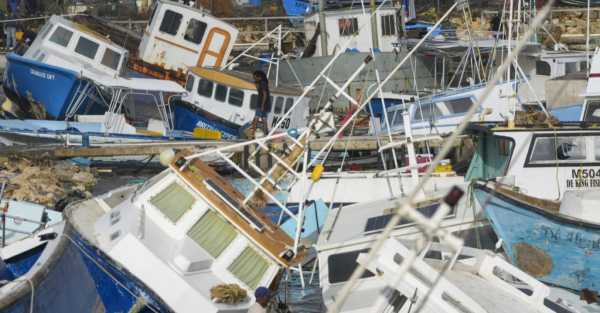
Hurricane Beryl swirled ashore on Mexico’s Yucatan Peninsula near the resort town of Tulum as a Category 2 storm early on Friday, whipping trees and knocking out power after leaving a trail of destruction and at least 11 dead across the Caribbean region.
Beryl hit Mexico as a Category 2 hurricane but weakened to a tropical storm as it moved across the peninsula.
The US National Hurricane Centre expects Beryl to regain hurricane strength once it re-emerges into the warm waters of the Gulf of Mexico, where it is forecast to head toward northern Mexico near the Texas border, an area soaked by tropical storm Alberto just a couple of weeks ago.
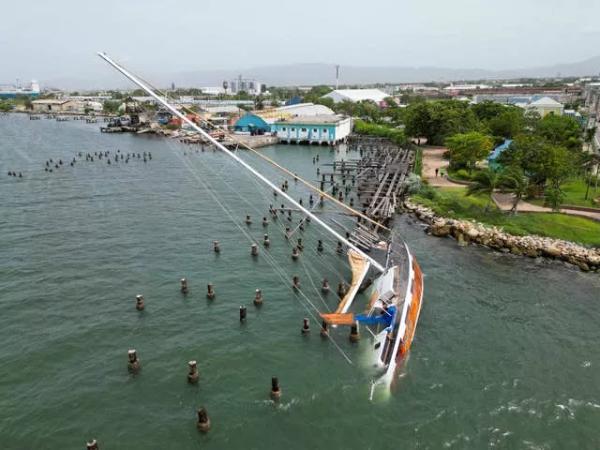
Beryl spread destruction in Jamaica, St Vincent and the Grenadines and Barbados in recent days and on Tuesday became the earliest storm to develop into a Category 5 hurricane in the Atlantic.
Three people have been reported dead in Grenada, three in St Vincent and the Grenadine, three in Venezuela and two in Jamaica, officials said.
After landfall in Mexico on Friday, Beryl’s maximum windspeeds had decreased to 100 mph (160 kph), but Tulum would continue to see “large and destructive waves,” the hurricane centre said.
The area would face heavy rainfall and potential flooding in the coming hours, according to forecasts from Mexico’s National Water Commission.
Mexican authorities had moved some tourists and residents out of low-lying areas around the Yucatan peninsula prior to landfall, but tens of thousands remained to tough out the strong winds and expected storm surge.
Much of the area around Tulum is just a few yards (metres) above sea level.
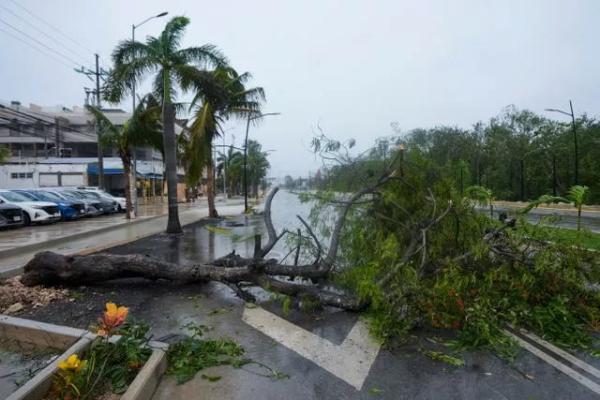
The city was plunged into darkness when the storm knocked out power as it came ashore.
Screeching winds set off car alarms across the town.
Wind and rain continued to whip the seaside city and surrounding areas on Friday morning.
No deaths or wounded had been reported as of Friday morning, but 40% of the Tulum’s electricity continued to be down, said Laura Velazquez, national coordinator of Mexican Civil Protection.
“Don’t go out yet, wait until the hurricane completely passes,” said Ms Velazquez, speaking on a video in a morning press briefing.
Once a sleepy, laid-back village, in recent years Tulum has boomed with unrestrained development and now has about 50,000 permanent inhabitants and at least as many tourists on an average day.
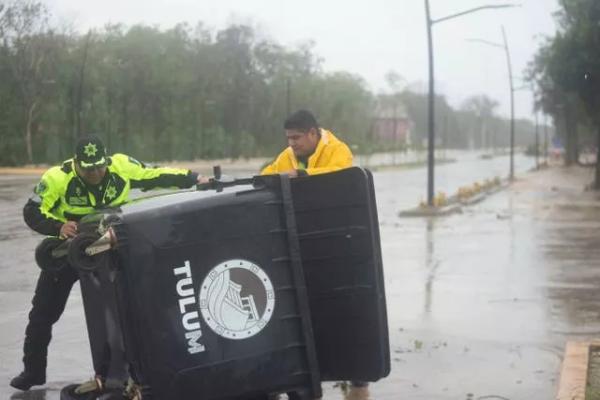
The resort now has its own international airport.
The storm’s centre early on Friday was about 15 miles (25 kilometres) north-northwest of Tulum and was moving west-northwest at 15 mph (about 24 kph), the hurricane centre said.
As the storm approached, officials had set up shelters in schools and hotels.
As the wind began gusting over Tulum’s beaches on Thursday, officials on four-wheelers with megaphones rolled along the sand telling people to leave and authorities shut down and evacuated beachside hotels.
Sea turtle eggs were even moved off beaches threatened by storm surge.
Tourists also took precautions. Lara Marsters, 54, a therapist visiting Tulum from Boise, Idaho, said she had filled up empty water bottles from the tap.

“We’re going to hunker down and stay safe,” she said.
Earlier in the week, the hurricane damaged or destroyed 95% of homes on a pair of islands in St Vincent and the Grenadines, jumbled fishing boats in Barbados and ripped off roofs and knocked out electricity in Jamaica.
On Union Island, part of St Vincent and the Grenadines, a man who identified himself as Captain Baga described the storm’s impact, including how he had filled two 2,000 gallon rubber water tanks in preparation.
“I strapped them down securely on six sides; and I watched the wind lift those tanks and take them away… filled with water,” he said on Thursday.
“I’m a sailor and I never believed wind could do what I saw it do, if anyone (had) ever told me wind could do that, I would have told them they lie!”
The island was littered with debris from homes that looked like they had exploded.
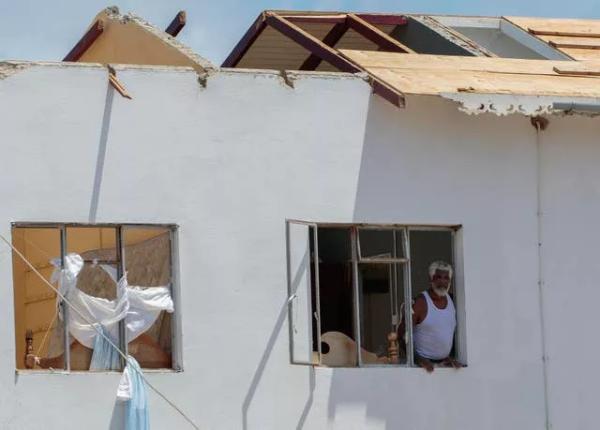
Girlyn Williams and Jeremiah Forde were trying to recover what they could Thursday around their home, where only a concrete foundation remained standing.
They had run from room to room during the storm as different sections of their house were being destroyed. Eventually, they hid in a small space created by a rubber water tank that got wedged between the house and a concrete tank.
Ms Williams cut her leg in the scramble and needed six stitches.
Sourse: breakingnews.ie






